This is one of the acquisitions over the past weekend — a laocong (old bush) rougui.

This is what I will say is a heavy roast. It has been aged a bit to mellow out the “fire” taste in the tea, but there’s still a bit of it left. The tea’s not particularly cheap, but I’ve been wanting to try some of the stuff available here in Taiwan to compare with stuff I’ve got from China, and this store sells basically every kind of Wuyi Yancha imaginable.
Although rougui is supposed to have some sort of cinnamon aroma, I have never in my life found that to be the case. I don’t know … is it just me?
The tea brews a darkish coloured tea

This is with a 80% fill of dry leaves in the rather small pot that I use.
The first few infusions were quite good — very good, actually. Deep, full flavours that coat the mouth, and the lingering aroma lasts quite long. Sniffing the dried cup yields a pleasant sweetness. Some qi, although perhaps not as much as I’d like, given the price. The aroma in the cup lingers for quite a while — I can still smell it distinctly from the fairness cup hours after the last (rather weak) infusion has left it. It lasted easily for 10+ brews, and can keep going if I wished. Of course, the tea turns to a sweet, mellow flavour after about 5-6 infusions, but one of the things about yancha is that they keep going, and going, and going….
I am rather curious to try some of this guy’s other offerings, since this initial one is not bad at all. There are some rarer varietals that are on sale there that aren’t usually found elsewhere. Prices range from medium to high, but if the quality is good… getting 100g isn’t that much of an investment. These teas generally keep pretty well, and aren’t too fussy. If only the store is not so out of the way. Yancha is very pleasant as a regular drink, as opposed to young puerh, which, despite my frequent intake, is never really quite pleasant, necessarily speaking. One reason I didn’t try one of the new cakes I bought is precisely because I feel like I need a break from that young stuff…
I still can’t tell much from wet leaves for yancha. Leaves here seem a little smaller, perhaps an indication that more tender leaves are used (thus better). Roasting is obvious, but not so much that it becomes black. Honestly, of all the kinds of tea, I feel that yancha is perhaps the most difficult to understand. It’s easy to appreciate, but to be able to figure out the ins-and-outs of any one particular batch…. I should probably go to Wuyi again and spend a few days just observing their processing. The tea requires so much skill — from picking, processing, roasting — it’s extremely complex and the factors that go into the final product are many.



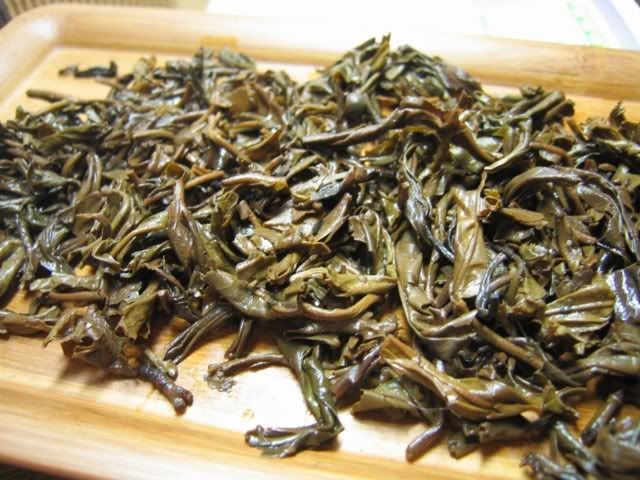

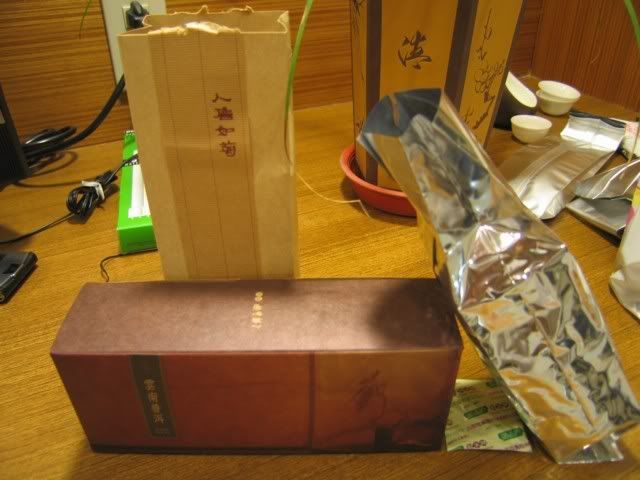
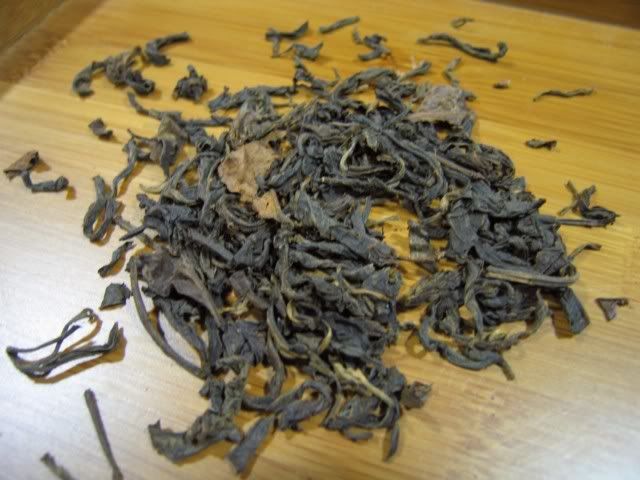
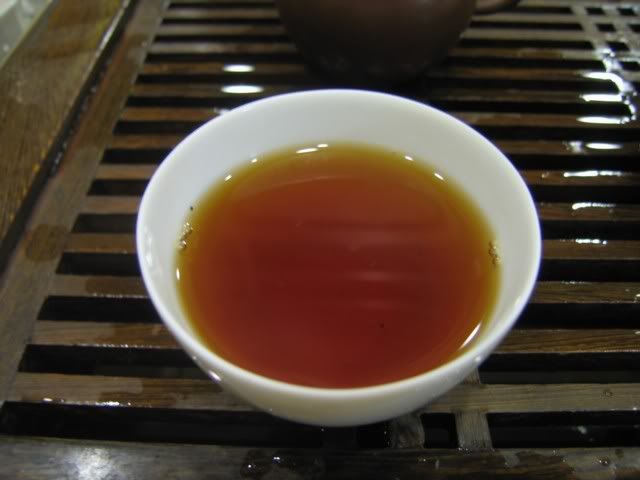
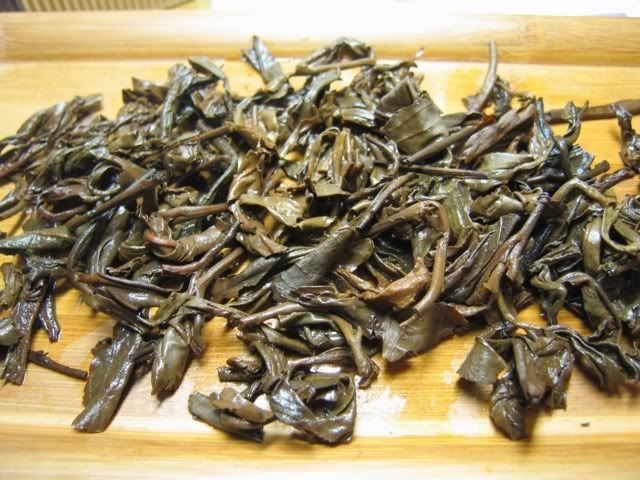
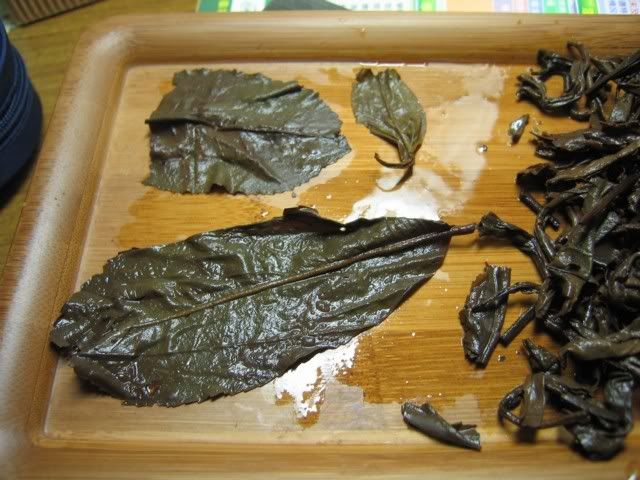
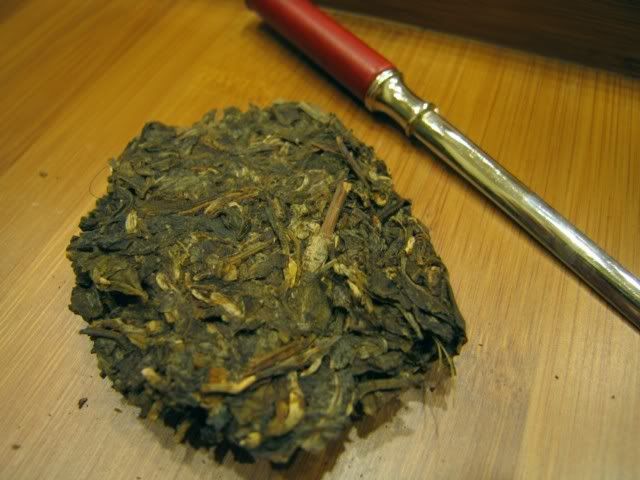
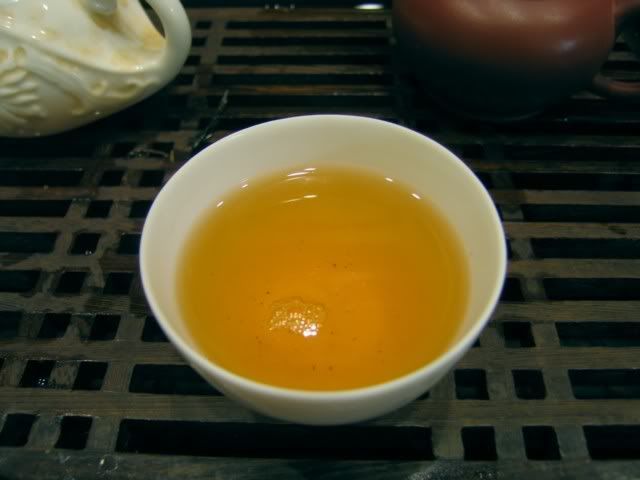


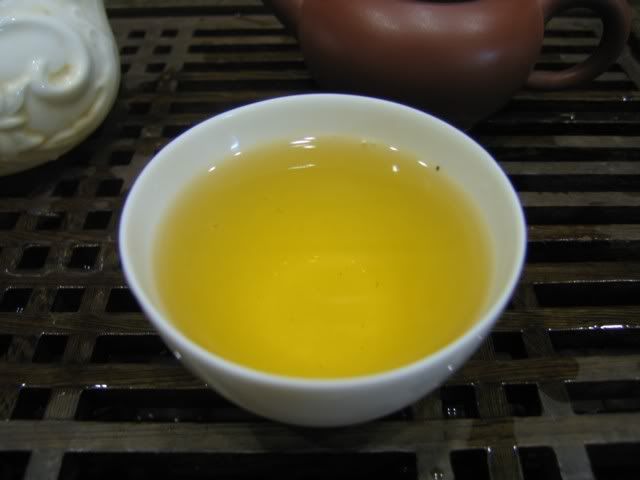
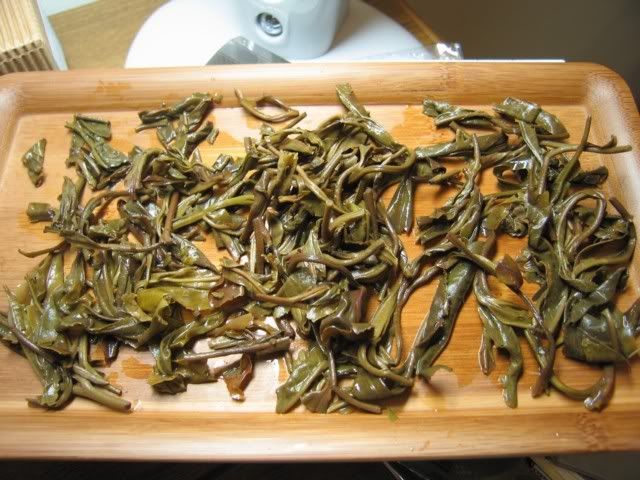
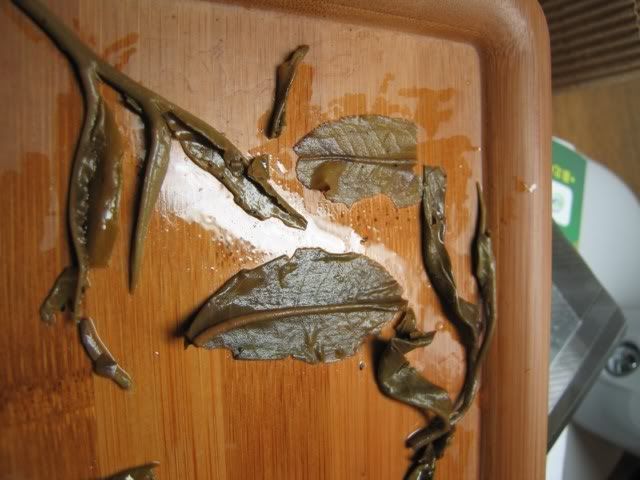
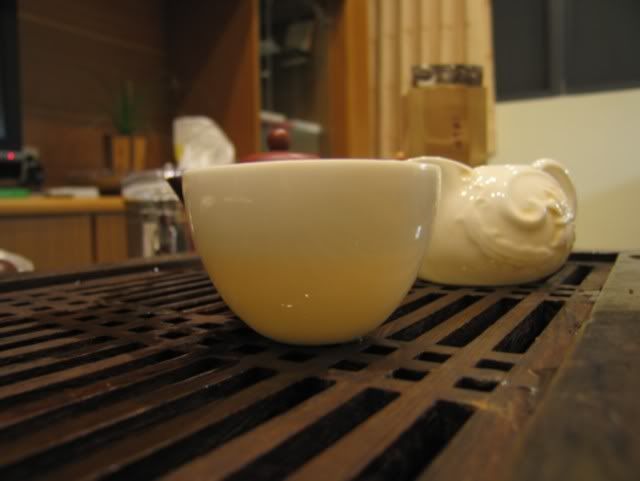
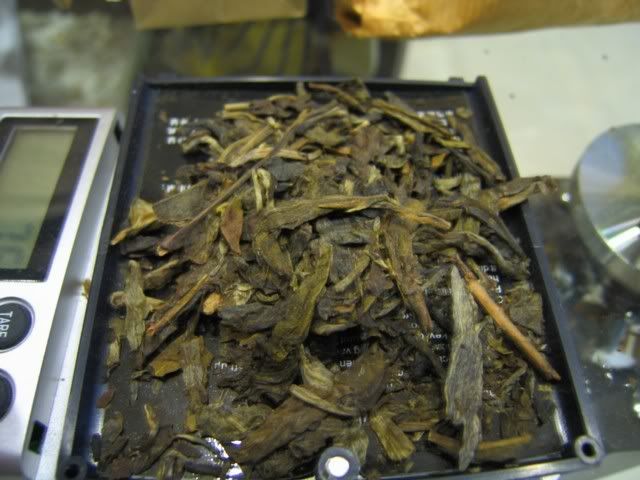


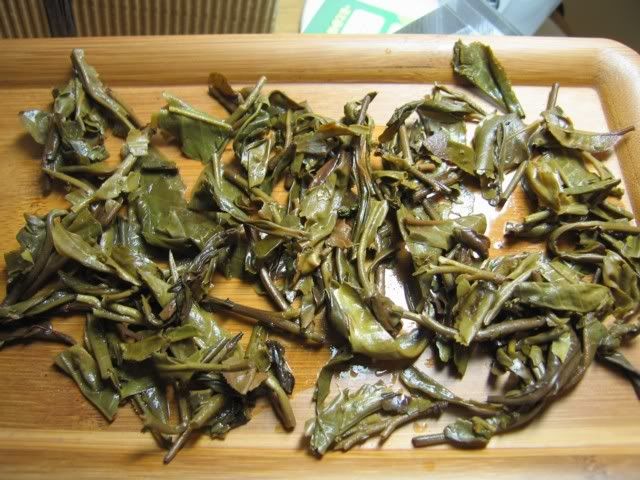
I just want to say that I still find your blog and writing extremely relevant. Thanks!